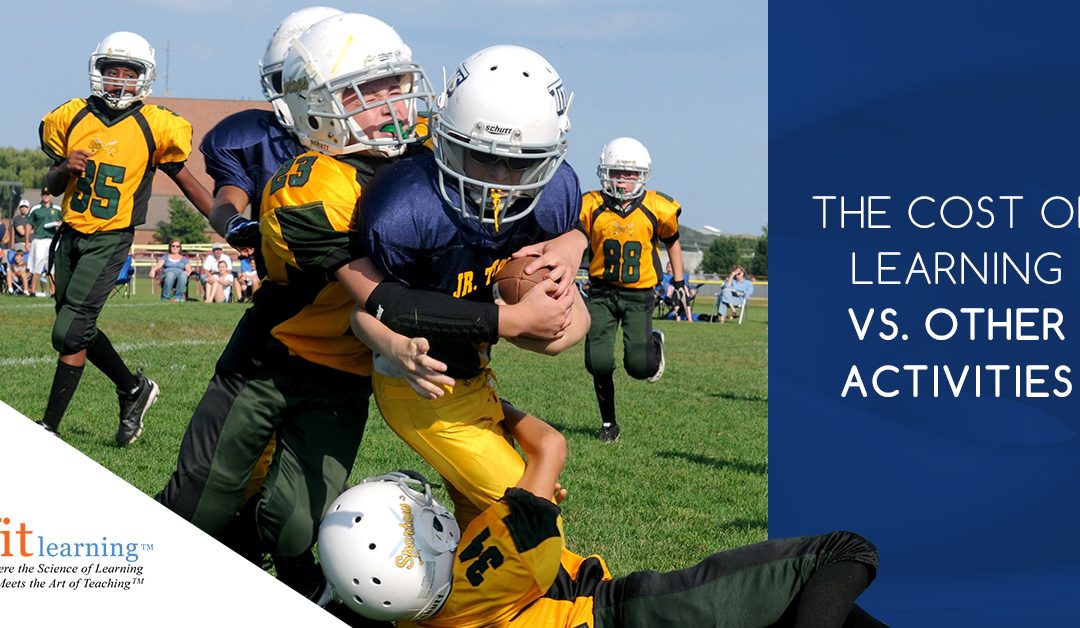We start learning from the day we’re born and don’t stop until the day we pass. Learning helps us understand the world and makes us feel like we’re becoming something more than what we are. At Fit Learning, the best learning center in Chicago, we believe that everyone truly enjoys learning at least to some degree and in their desired subject. It may not always be math or reading, but you will always enjoy learning something new. We also believe that education is the best investment you can have or give to someone. That’s why we made this blog to help highlight some other popular activities and how they compare to the cost of learning.
Sports
Sports are often thought of as the antithesis of education, when in reality the two often go hand-in-hand. It’s true that you use physical prowess in sports, where 
How do they stack up price wise though? Youth sports can actually be quite expensive to play, especially if your athlete is just starting out and needs all of the equipment. Lacrosse has the highest average annual cost with around $8,000 per year. Hockey however has the highest maximum annual cost at $19,000. The sports that don’t require as many pads or equipment are the ones that cost the least per year. Soccer averages $1,500 per year in youth sports and basketball comes in last with an average of $1,200.
However, these costs are just for noncompetitive youth sports. When you switch to competitive, travel, club, or select teams, the price can double or even triple. If your athlete continues to play into high school, depending on the team and sport, prices could go even farther than that. This doesn’t include private or group training outside of practice to help further athletic ability, which can cost anywhere from $40 to $100 and beyond per session.
Bottom Line:
More expensive than Fit Learning cognitive tutoring.
Music Lessons

Learning to play music, however, can be quite the costly endeavor. The cheapest violins cost about $100. But if you want one that will sound good and last a long time, you’re looking at around $400 – $2,000. You’ll then need a carrying case, strings, regular maintenance for your bow, and accessories like song books, metronomes, and tuners. This all averages about $200, but can be more depending on what brands you buy and how often you buy them. Then if you want lessons, that can cost you even more. Most half-hour lessons are between $15 – 35, but can rise significantly to $40 – 100 per half hour session with a specially qualified teacher.
These prices are for the least expensive routes taken, and only apply to violins. Other instruments and lessons can be more or less expensive depending on the type, size, and quality. This also doesn’t include things like recital fees, travel fees, band fees, uniform fees, or instrument maintenance.
Bottom Line:
Slightly more expensive than Fit Learning cognitive tutoring.
Martial Arts Lessons
Martial arts can teach you many things, such as respect, self-discipline, and inner focus. It’s also a great way to work out as well as a tool you can use for self-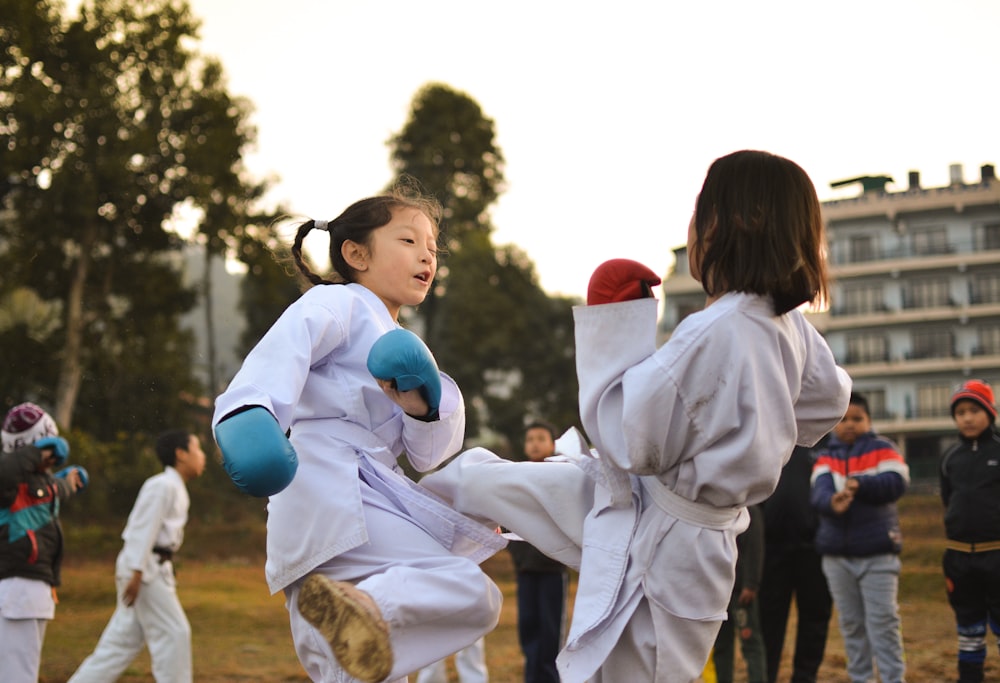
Karate, like all martial arts, takes commitment. If you want to master and excel at karate, you have to stick with it for a long time, especially if you want to obtain the ultimate goal of the prized black belt. On average, karate lessons cost $100 per month at karate specific studios. Community centers and gyms sometimes offer lessons anywhere from $40 – $100. Private studios that offer the highest quality instructions can for $150 or more per month. There are a few studios that say you can get your black belt in as little as 18 months, but for the most part, the average is four to five years. If you were to choose the highest quality instruction, over five years of karate, it would cost around $9,000 to complete your child’s training.
This price doesn’t include tournaments, uniform fees, added equipment fees, travel, or added martial arts training. Depending on the martial art you choose, the equipment you need, the type of instruction you receive, and the quality of instruction you sign up for, prices will most likely vary. To get a more accurate number, research martial art academies in your area.
Bottom Line:
Slightly less expensive than Fit Learning cognitive tutoring.
If you’re looking for high quality cognitive tutoring in Chicago or the surrounding area, come into Fit Learning. Our curriculum is designed to help your child learn, no matter what their learning style is. Learn more about Fit Learning, research our curriculum, or contact us today to answer any questions.
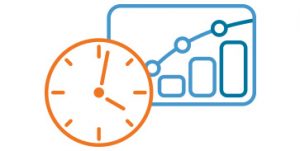
JUST 40 HOURS*
Fit Learning uses the Fit Learning Method of instruction. The method is a unique combination of applied behavior analysis, precision teaching, direct instruction, curriculum-based measurement, and relational frame theory. The result is a profoundly transformative process that consistently produces 1-2 years of growth in 40-50 hours.This is why tutors in Perth cannot reproduce results such as these.
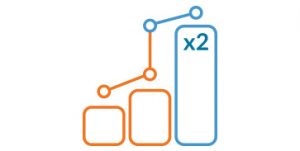
FLUENCY
Science has determined that fluency – or a measure of accuracy, plus pace – is the most appropriate measure of skill mastery. It reliably predicts that a learner remembers the skill over time in the absence of on-going practice, and that they can perform the skill under distracting conditions without affecting performance. This serves as the goal for everything we train at Fit Learning.
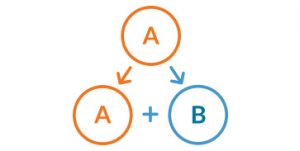
COGNITIVE FITNESS
When students achieve fluency across a broad array of core skill areas for a particular subject, they experience an actual transformation as a learner. A fluent foundation produces learners who have cognitive fitness – they are agile, flexible, focused, perseverant, confident, and determined learners, who are able to think critically at all times.

